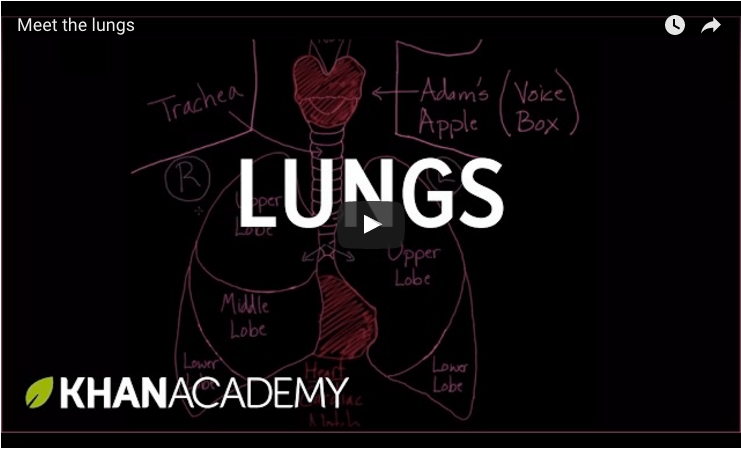Transplanting a Type of Lung Cells Halts Fibrosis in IPF Rat Model

A cell therapy approach based on transplanting a type of lung cells called type II alveolar cells halted scarring (fibrosis) in a rat model of idiopathic pulmonary fibrosis (IPF) with established disease.
This anti-fibrotic effect was associated with a drop in lung levels of several fibrotic markers, the researchers said. The findings suggest that this approach may effectively halt fibrosis after its onset in people with IPF.
The study, “Induced pluripotent stem cell-derived lung alveolar epithelial type II cells reduce damage in bleomycin-induced lung fibrosis,” was published in the journal Stem Cell Research & Therapy.
The alveoli, the small air sacs responsible for gas exchange in the lungs, are lined by two main types of alveolar epithelial cells: type I (ATI) and type II (ATII). ATI cells are involved in gas exchange, while ATII cells play a role in ATI regeneration and protection against infection.
In IPF, the ATII cells are injured and die, impairing the repair of the alveoli’s lining. These cells are then replaced by myofibroblasts, the cells responsible for the production and buildup of proteins that form scar tissue.
In the past decade, there has been an increasing interest in IPF cell therapies, with the goal of repairing and replacing lost lung tissue and halting fibrosis.
Cell therapies based on the transplant of ATII cells into the trachea (the tube that goes from the mouth to the lungs) showed promising results in a rat model of IPF, even when fibrosis was already established.
Now, a team of researchers have evaluated whether these benefits could be achieved with ATII cells derived from induced pluripotent stem cells (iPSCs). iPSCs are cells that researchers can reprogram in a lab dish to revert them back to a stem cell-like state from which they can then differentiate into almost any cell type.
This type of approach has the advantage of allowing the use of patient-derived iPSCs. This means that patients would receive ATII cells reprogrammed from their own iPSCs, preventing both immune reactions against the cell transplant and the need for immunosuppressive therapies.
Here, the researchers evaluated the therapeutic effects of transplanting human iPSC-derived ATII cells into the trachea of a rat model of IPF after scarring was already established.
In this animal model, scarring is induced by the tracheal administration of a highly toxic chemotherapy called bleomycin. In the first three days after bleomycin is given, an acute inflammatory response is triggered; after seven days, there is an increase in the number of myofibroblasts; and after 15 days, fibrosis is already established, affecting the alveolar architecture.
The rats’ tracheas were injected with a solution containing 3 million (3 × 106) ATII cells derived from human iPSCs 15 days after the administration of bleomycin. Rats injected with a cell-free saline solution were used as controls. All of the animals were started on immunosuppressive therapy to avoid the rejection of human-derived cells.
Lung fibrosis was assessed six days after treatment — 21 days after fibrosis induction — through the analysis of lung tissue, collagen accumulation associated with the formation of scar tissue, and the lung levels of two fibrotic markers. Those markers were the proteins transforming growth factor-beta 1 (TGF-beta 1) and alpha smooth-muscle actin (alpha-SMA).
Results showed that rats receiving the cell therapy had significantly less collagen accumulation, alveolar damage, and lung fibrosis than the control rats. In addition, these benefits were associated with a significant drop in the lung levels of TGF-beta 1 and alpha-SMA.
“To our knowledge, [these are] the first data to demonstrate that at the fibrotic stage of the disease, intratracheal transplantation of human induced pluripotent differentiated to alveolar type II-like cells halts and reverses fibrosis,” the researchers wrote.
Notably, despite the therapeutic benefits observed, the team failed to find evidence of the transplanted cells — which were labeled with a fluorescent molecule prior to transplant — at the time of the lung fibrosis assessment.
The researchers hypothesized that this may be due to several factors: the loss of the fluorescent label by transplanted cells; the replacement of iPSC-ATII cells by the body’s own alveolar precursor cells; or to paracrine signaling, known as the paracrine effect.
The latter scenario means that, while transplanted cells were indeed lost, the molecules they produced promoted a chain of anti-fibrotic molecular events. In agreement with this, several studies have suggested that administering molecules produced by lung stem cells and iPSCs can reduce inflammation and fibrosis in an IPF mouse model.
“This warrants further investigation in our model whether there is a real [integration] of the cells or if there is a paracrine effect of the transplanted cells,” the researchers wrote.






